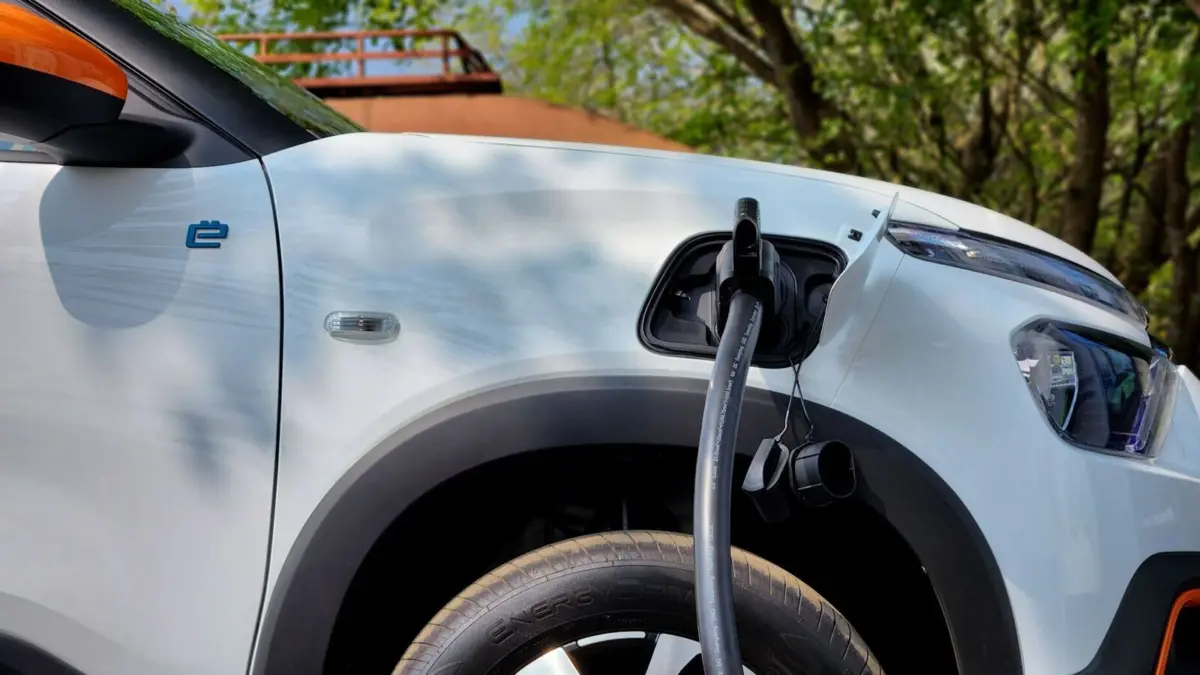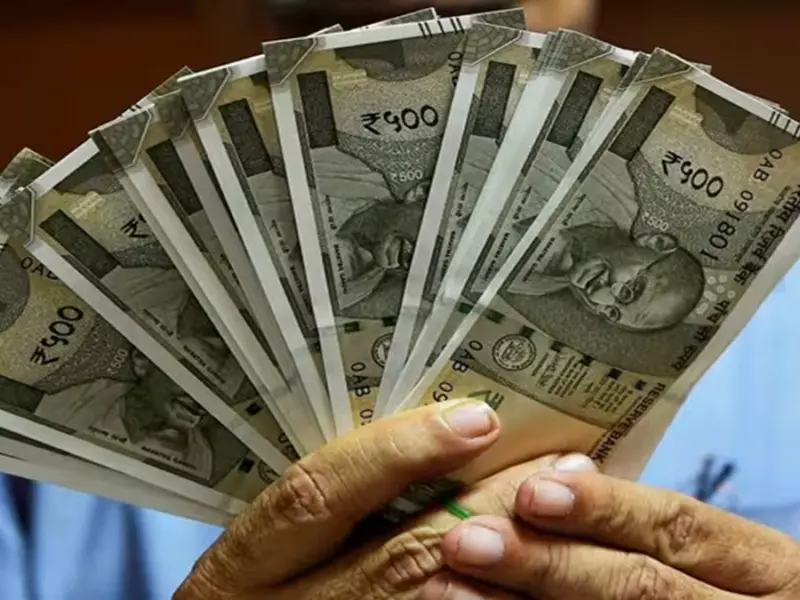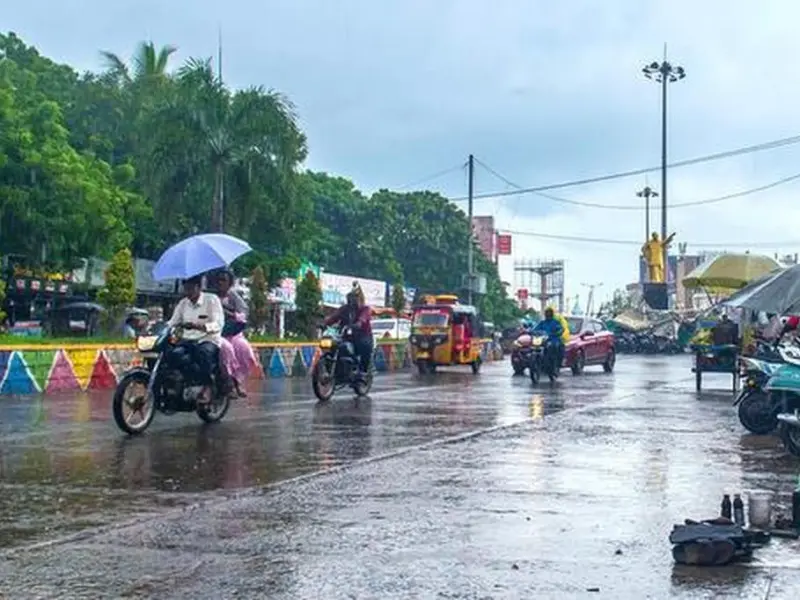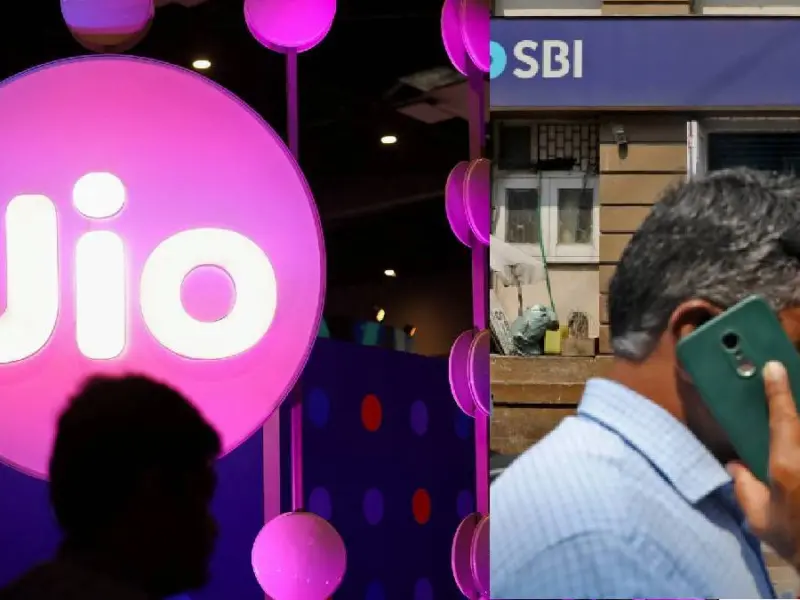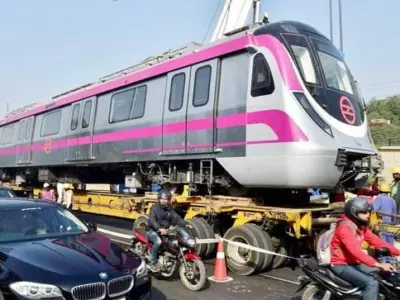The FICCI report on “Electric Vehicle Public Charging Infrastructure: 2030 Roadmap” reveals that the financial viability for public charging stations in India is currently low, with utilization rates below 2 percent. To achieve profitability, the report suggests targeting an 8-10 percent utilization rate by 2030.
Key Challenges Identified
Challenges include high electricity tariffs, land issues, and operational difficulties. Some states, like Uttar Pradesh and Delhi, have lower fixed duties, while others face higher charges that hinder efficiency. The report advocates for reducing GST rates for EV charging services from 18 percent to 5 percent.
Recommendations for Improvement
To bolster EV adoption, the report recommends allowing the purchase of Electric Three-Wheelers (E3W) without permits and suggests establishing a state-level cell for monitoring infrastructure implementation. Additionally, it calls for guidelines from the power ministry to ensure timely setup of public charging stations.
Focus on Key Cities and Highways
The report prioritizes the top 40 cities and 20 highways that are expected to see significant EV penetration in the next 3-5 years, given favorable state policies and current EV sales trends.
Follow DelhiBreakings on Google News
Summary at glance
The FICCI report on “Electric Vehicle Public Charging Infrastructure: 2030 Roadmap” highlights the current low financial viability of public charging stations in India, with a utilization rate below 2%. To achieve profitability, it suggests increasing usage to 8-10% by 2030 and addressing challenges like financial viability, power issues, and operational hurdles. Recommendations include reducing GST on EV charging services, promoting Electric Three-Wheelers, and prioritizing infrastructure in 40 cities and 20 highways to boost EV adoption.
Superfast News Coverage by DelhiBreakings.com team.
For Superfast national news and Delhi Breaking Stories visit us daily at https://delhibreakings.com
